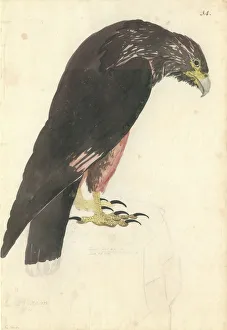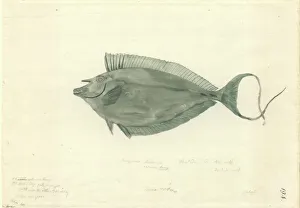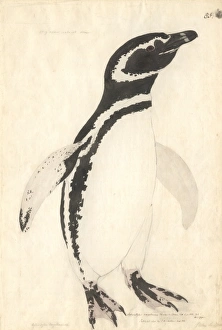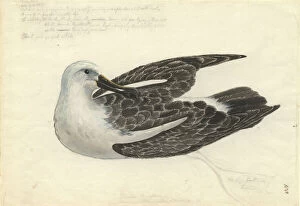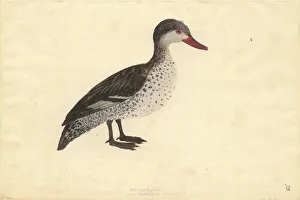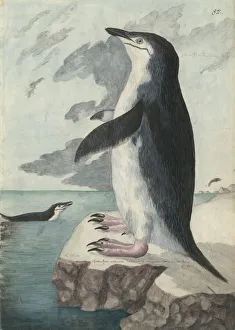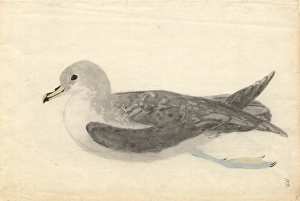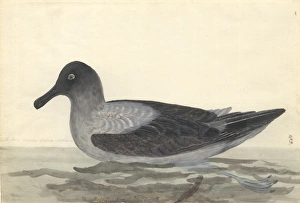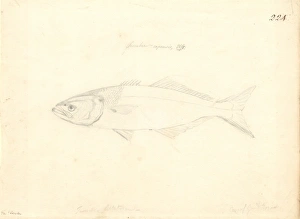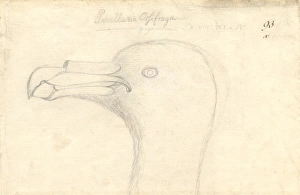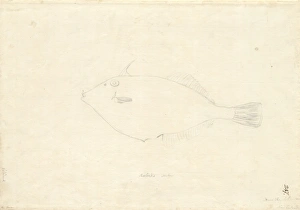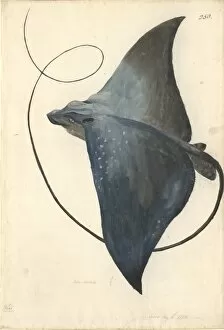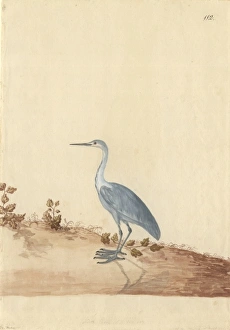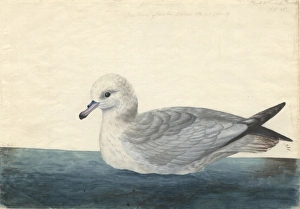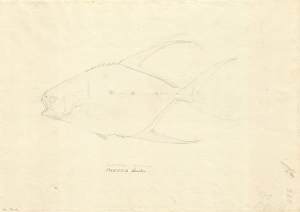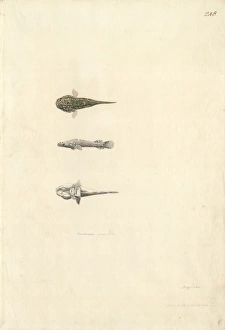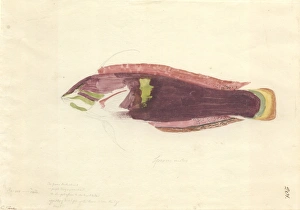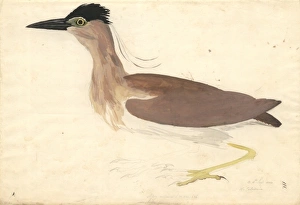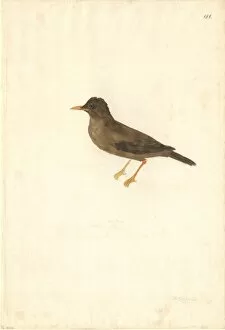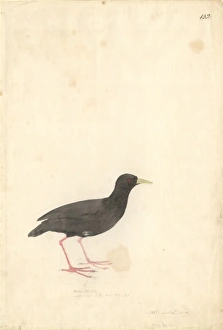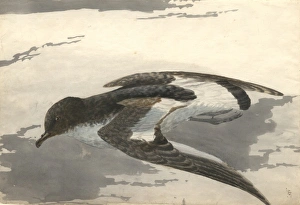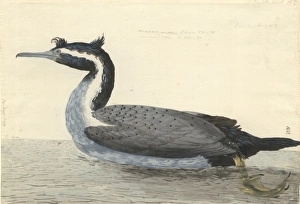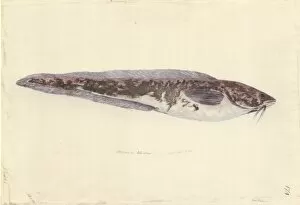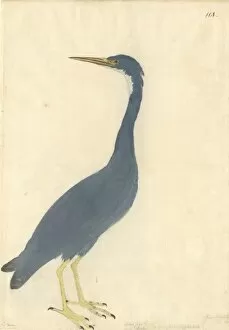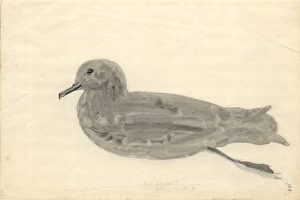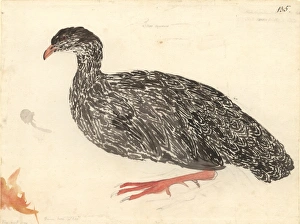Johann George Adam Forster Collection
Johann George Adam Forster: Exploring the Fascinating World of Avian and Aquatic Wonders Meet Johann George Adam Forster
All Professionally Made to Order for Quick Shipping
Johann George Adam Forster: Exploring the Fascinating World of Avian and Aquatic Wonders Meet Johann George Adam Forster, a renowned explorer and naturalist who dedicated his life to unraveling the mysteries of our planet's diverse wildlife. From the rugged cliffs of Falkland Islands to the icy shores of Antarctica, Forster embarked on daring expeditions that brought him face-to-beak with some of nature's most captivating creatures. One such encounter took place on the windswept Falkland Islands, where Forster observed Phalcoboenus australis, commonly known as striated caracara. These intelligent birds amazed him with their resourcefulness and adaptability in surviving harsh conditions. Venturing further into ocean depths, Forster encountered Naso lituratus, an enchanting orangespine unicornfish. Its vibrant colors and unique horn-like protrusion made it a true underwater gem. But it was high above sea level that Forster found himself captivated by Thalassarche chlororhynchos - the majestic yellow-nosed albatross. Their graceful flight patterns across vast oceans left him in awe of their mastery over wind currents. Closer to home in Europe, Forster studied Anas undulata - the elegant yellow-billed duck. Its striking appearance and melodious quacks added charm to tranquil lakeshores he frequented during his research expeditions. In South Africa, he marveled at Anas erythrorhyncha - better known as red-billed duck - gracefully gliding through shimmering wetlands like strokes from an artist's brush. Antarctica beckoned next for this intrepid explorer where Pygoscelis antarcticus or chinstrap penguins waddled amidst icy landscapes. Their comical antics provided moments of levity amidst freezing temperatures. Aptenodytes patagonicus or king penguins stole his heart with their regal demeanor and distinctive orange markings.

